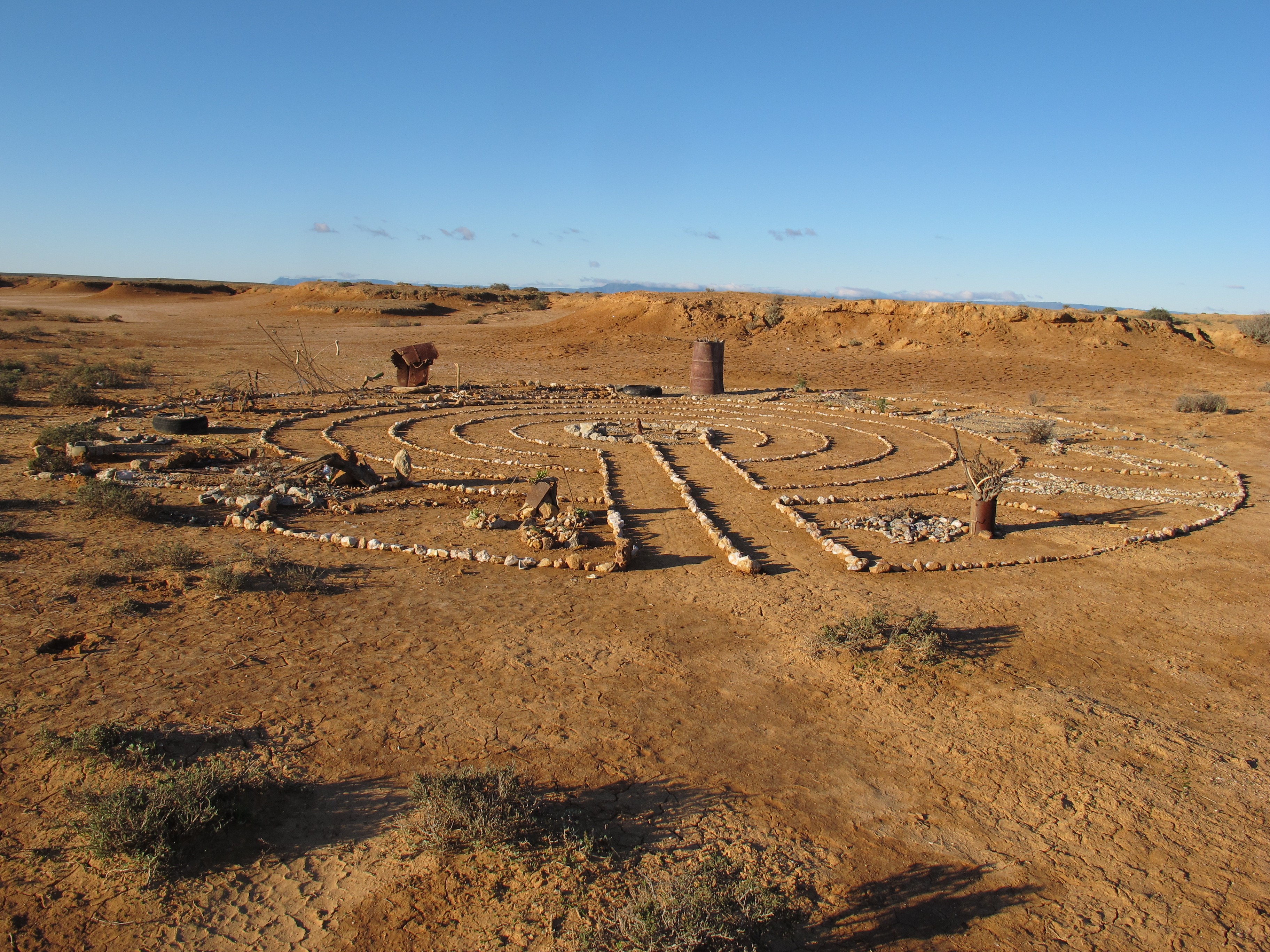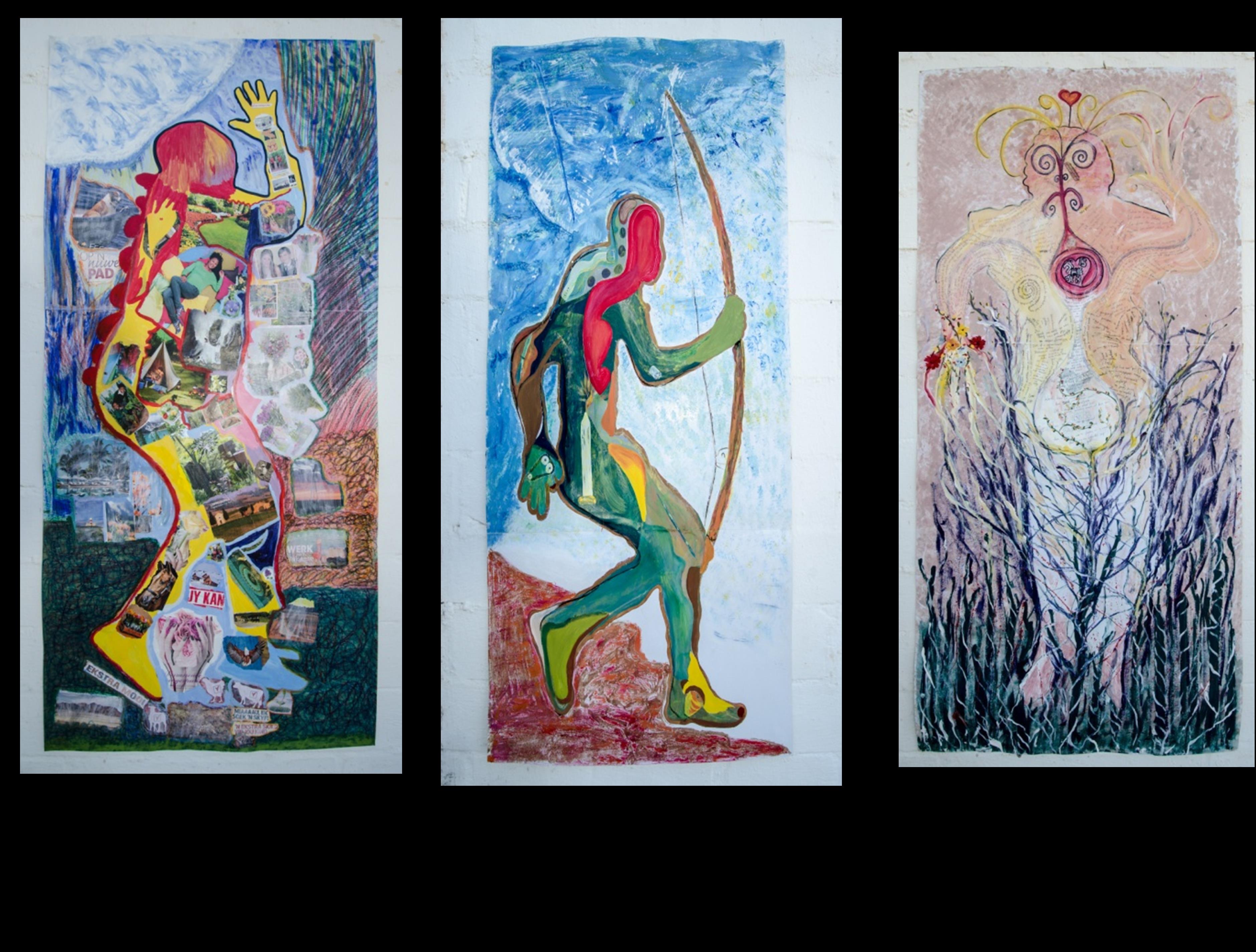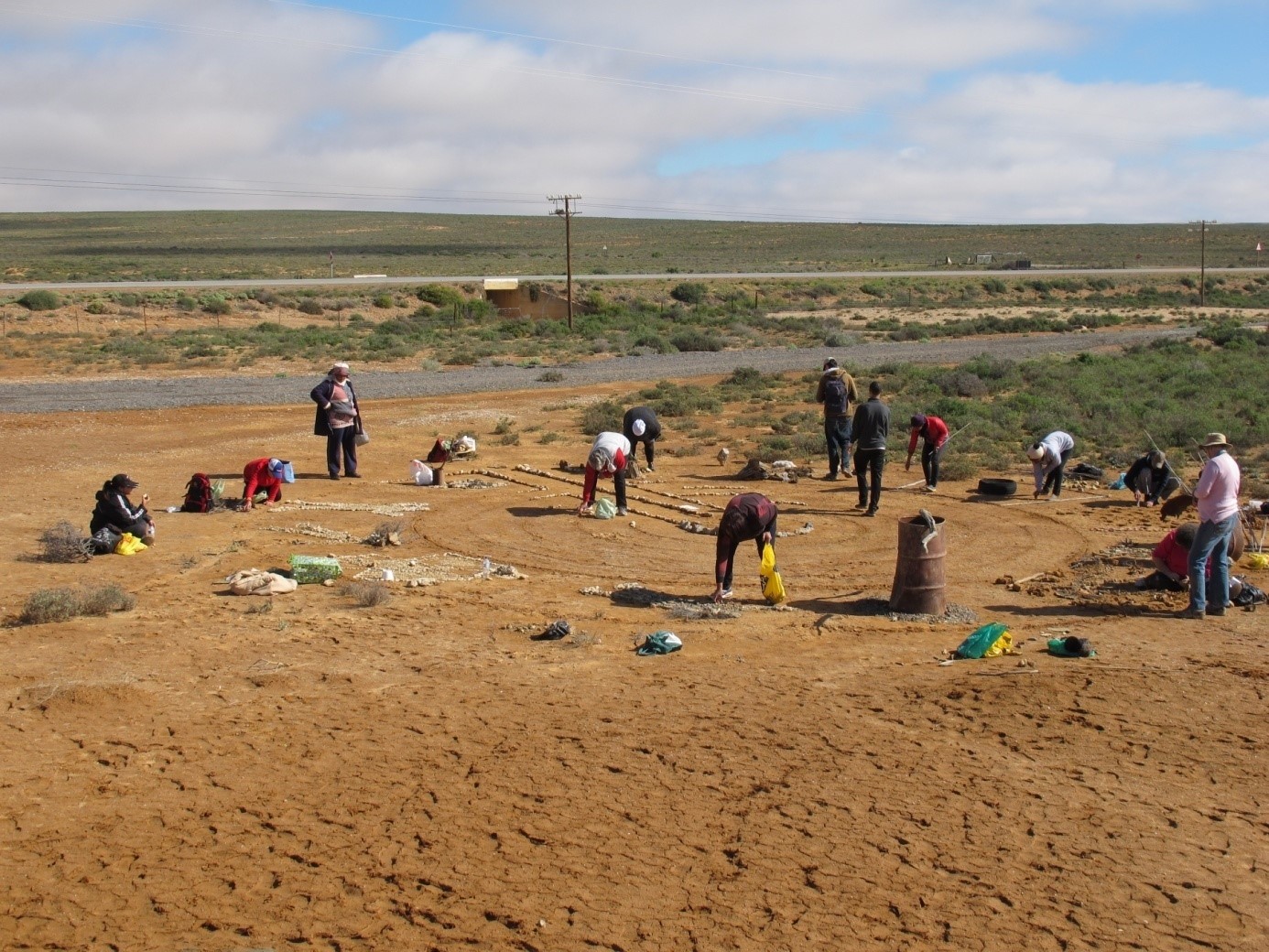
Partaking in eco-ethical social development
Importers of South African wines can now collaborate in social development projects in the South African wine producing regions, by sponsoring students from their countries to take part in strategic projects. This will enable the collaborators to become involved in re-addressing and correcting historical relationships instigated by earlier European ancestors. This will yield dramatic dividends in the quality of many worker’s lives on wine farms. Visual- and performance-art are international languages which could aid a process of crossing social barriers to develop the formerly unmined socio-cultural assets of the wine regions.
Previously a belief was held that wine culture essentially promotes a raised and enriching effect on society. During the early beginnings of European wine making in South Africa and for many centuries following, the strategy to introduce the indigenous population to the pleasures of both wine and tobacco was not ethically questioned. The complex facets of wine production and consumption became socially accepted as part of life in the global wine world for a long time. It is only fairly recently that the negative social aspects of inequality caused by wine culture became so pronounced that it needs to be dealt with now in order to effect social change, especially on the wine farms.
Since the start of the new millennium consumer protection has resulted in various implemented systems to create awareness around the accountability and ethical conduct of consumption. In the wine industry, accrediting bodies have placed emphasis on social development systems to uplift conditions of farm workers and help them use the resources to their advantages.
Research conducted in 2015 based on visual art practice implemented as an intervention within the wine producing community of the Olifants River valley in South Africa now proposes an alternative plan to promote such social justice and equality.
Diverse ethnic and social groupings inhabiting the region were invited to excavate, contribute and share their indigenous artistic and cultural knowledge. The research was motivated by the fact that the people does not yet offer a platform for the varied and rich cultural assets it contains. Visual art workshops were conducted with art practitioners from various sectors in the region such as grassroots-residents, towns and townships.
Each workshop comprised ten participants who had applied to take part. A phenomenological research design implementing body-mapping (Solomon, 2007) as well as holistic cultural viewpoints (Schafer, 20140) were used; its aim, to create an egalitarian platform where artistically inclined residents could engage with each other and develop their skills. The initial project was followed up by a collaborative co-design. As a bottom-up implementation it arrived at a socially unified theme. This resulted in an agreed shared ecological focus which in turn stimulated artistic interests in the endemic species of the region.

Storytelling and dance as part of the design methodology enabled a psychosocial process of validating art practice as an economic asset by its enhancing effect on social cohesion among residents. Their body-mapping unfolded as a layered collective story embedding the individual visual narratives of the participants. When the work was displayed, it presented previous unknown local talent to the art community as well as to the public who received an opportunity to engage with the participating artists.
These value aspects have the potential to increase exponentially if strong investors could become part of this social activity and event. Sponsorship for the continuation of this community project will enable life-changing objectives for farm workers to be reached in a relative short time as the project offers a sustainable method to focus on development of social capital.

Photographic images of body-maps (Van Wyk, 2015)

Images of the co-designed land art event (Researcher’s photographs, 2015)
References
Brand, D. 2016. The co-design of a visual arts-based intervention within the community of the Olifants River valley in South Africa. Unpublished MTech: Design thesis, Cape Peninsula University of Technology, Cape Town, South Africa.
Solomon, J. 2007. ‘Living with X”. A body-mapping journey in time of HIV and AIDS: Facilitator’s guide. Johannesburg: Regional Psychosocial Support Initiative, South Africa.
Schafer, D.P. 2014. The age of culture. Oakville, ON: Rock’s Mills Press.
-Desiree Brand